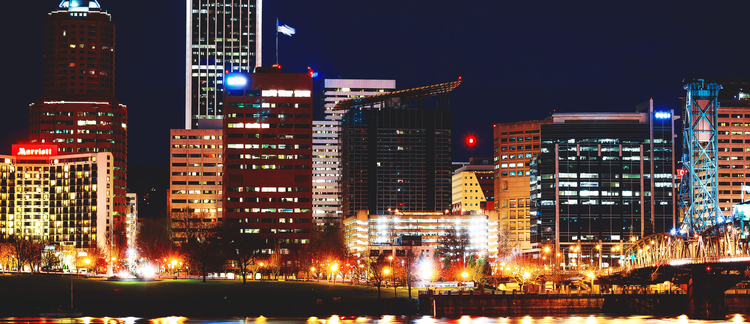Abstract
This research applies nonlinear ultrasonic techniques for the quantitative characterization of dislocation density in additive materials. The characterization is based on quantifying dislocation density resultant from the additive manufacturing process in order to increase the confidence in a printed part and help in a qualification process. Second harmonic generation techniques based on the transmission of Rayleigh surface waves are used to measure the acoustic nonlinear parameter, ?, which is a proven indicator of dislocations, but has not been fully demonstrated for additively manufactured materials. Laser Powder Bed Fusion and Laser Engineered Net Shaping parts are compared with corresponding wrought stainless steel parts. An annealing heat treatment routine is used to reduce dislocation density in each part and evaluate the sensitivity of ? to these changes. The acoustic nonlinearity parameter is found to be sensitive to the changes in dislocation density for the studied additively manufactured metals.
How to Cite:
Bellotti, A. ., Kim, J. ., Jacobs, L. J., Bishop, J. E., Jared, B. H., Johnson, K. . & Susan, D. ., (2019) “Nonlinear ultrasonic technique for the quantification of dislocation density in additive materials”, Review of Progress in Quantitative Nondestructive Evaluation .
Downloads:
Download PDF

